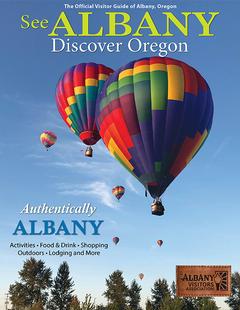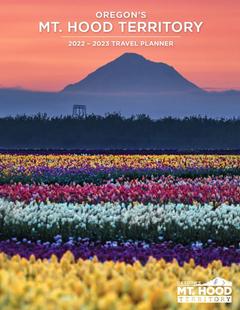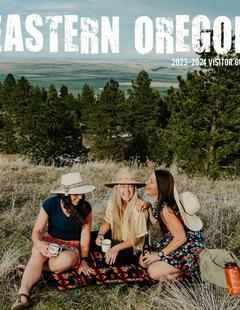Contact Info
Madras, OR 97741
Basics
- Size:
- 55 miles
- Elevation:
- 4350 feet
Description
The best population of stream-inhabiting German brown trout in the state lives in the Deschutes River below Wickiup Reservoir. Highly accessible and easy to drift, the river changes dramatically below Wickiup Dam to become a slow, meandering, powerful body of water. This part of the river harbors brown and rainbow trout, the rare brook trout, whitefish, and transient fingerling coho and kokanee from Wickiup. Wild browns up to 15 pounds have been pulled out of this stretch, catches between 12 and 16 inches are common, and good numbers are available in the 20- to 24-inch range. A genetic mix of wild and stocked rainbow trout average 6 to 10 inches, with an occasional fish in the 12- to 14-inch range. Native whitefish are abundant and average 6 to 14 inches in length.
The river runs in mainly one channel throughout this stretch, undercut banks are common, and shorelines lined with pine, bitterbrush, and willow are often highly eroded. Flows vary drastically with the irrigation season. The riverbed of fine sediment becomes sticky mud when exposed during low water. Woody debris in the river is scarce but is being added through habitat improvement projects. The river here is mostly unwadable, often with steep shorelines and deep, powerful water. Bank fishing or drift fishing from a boat is the norm. There is a boat speed limit of 5 mph. Bordered mainly by Forest Service land above the LaPine State Recreation Area; the stretch below, through Sunriver is lined with homes.
Often the mouths of the Little Deschutes and Fall River can be profitable areas to fish. Fall River joins the Deschutes just downstream from the LaPine Recreation Area, and the Little Deschutes enters a mile above Sunriver.
Below Sunriver, the vegetation changes to old growth ponderosa and aspen, and shorelines vary from marshy meadows to basalt bedrock. Flows fluctuate less because of tributaries, and the river features many deep pools, a more stable bank, and rocky in-stream structure. Spring River enters the Deschutes a mile downstream from Route 40. This mile-long "spring creek holds few resident fish and is mainly spawning and rearing habitat for the rainbows, browns, and whitefish of the Deschutes. The lower half-mile of Spring River is accessible through Forest Service land.
The steepest gradient in the entire 252 miles of the Deschutes River begins 6 miles downstream from Sunriver at Benham Falls. From the falls to Bend, the river moves swiftly within a basalt channel, dodging a lava flow and breaking into a series of hurtling rapids and thundering falls. Upstream from Benham Falls, the river has the same placid character as between Wickiup and Sunriver. The brown trout fishing here is second only to the stretch above, with fish in the same size range. Some are monsters. Wild rainbow of 7 to 11 inches, occasionally to 14 inches in length, dominate the river from Benham Falls downstream. Whitefish are available all the way to Bend.
Untamed whitewater and dangerous cataracts begin at Benham Falls and continue past Dillon Falls to Lava Island Falls 5 miles south of Bend. This section accurately reflects the river's name, Deschutes, "River of the Falls. Though much of the water is fast and dangerous between Sunriver and Bend there are still many good fishing spots along the banks. As with all of the upper Deschutes, the river travels mostly within one channel and water levels vary with the irrigation season. Few areas are wadable and most would be hazardous to attempt. From 1 mile below Meadow Picnic Area to Bend, the river is entirely flanked by private land. A short distance upstream from Bend, much of the river is siphoned off for irrigation from April to October, and, again, the character of the river changes as its volume drops.
Fishing
Fish:
Rainbow Trout
Whitefish
Fishing Methods:
Details
Size:
Elevation:
3500 at Bend
Camping Info
Additional Details:
Bait/Lure Fishing Methods : Crayfish, night crawlers, spinners, and plugs. Benham Falls to Lake Billy Chinook are restricted to artificial flies and lures only.
Amenities
Map + Directions
Basic Directions
Campgrounds: Bull Bend, Wyeth, LaPine State Park, and Big River
Day Use: Tenino, Tetherow, Besson, Slough Camp, and Aspen.
















